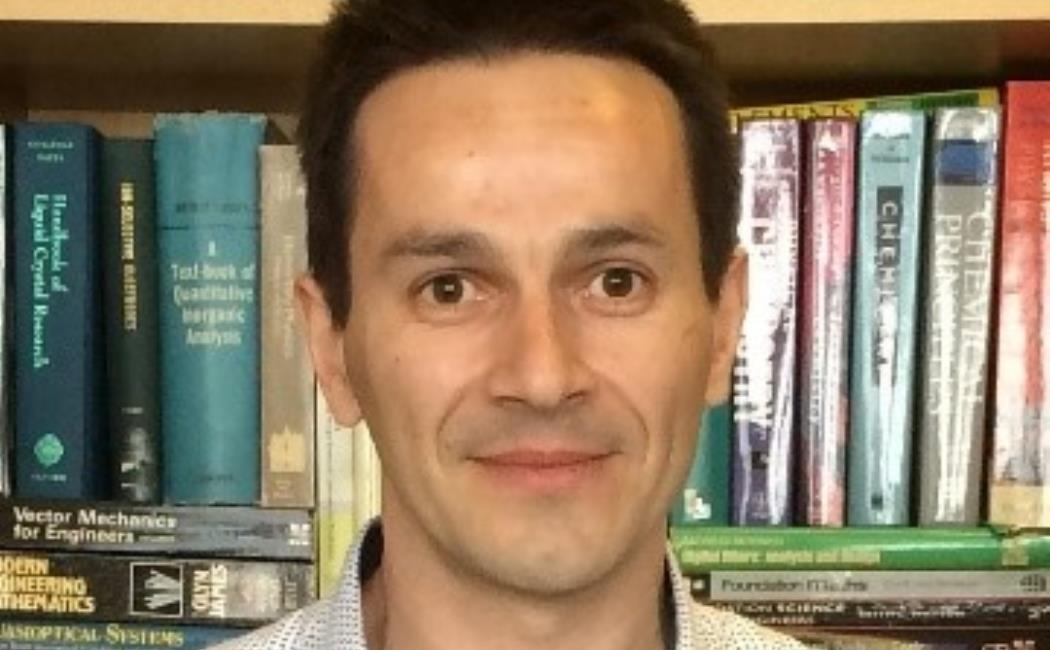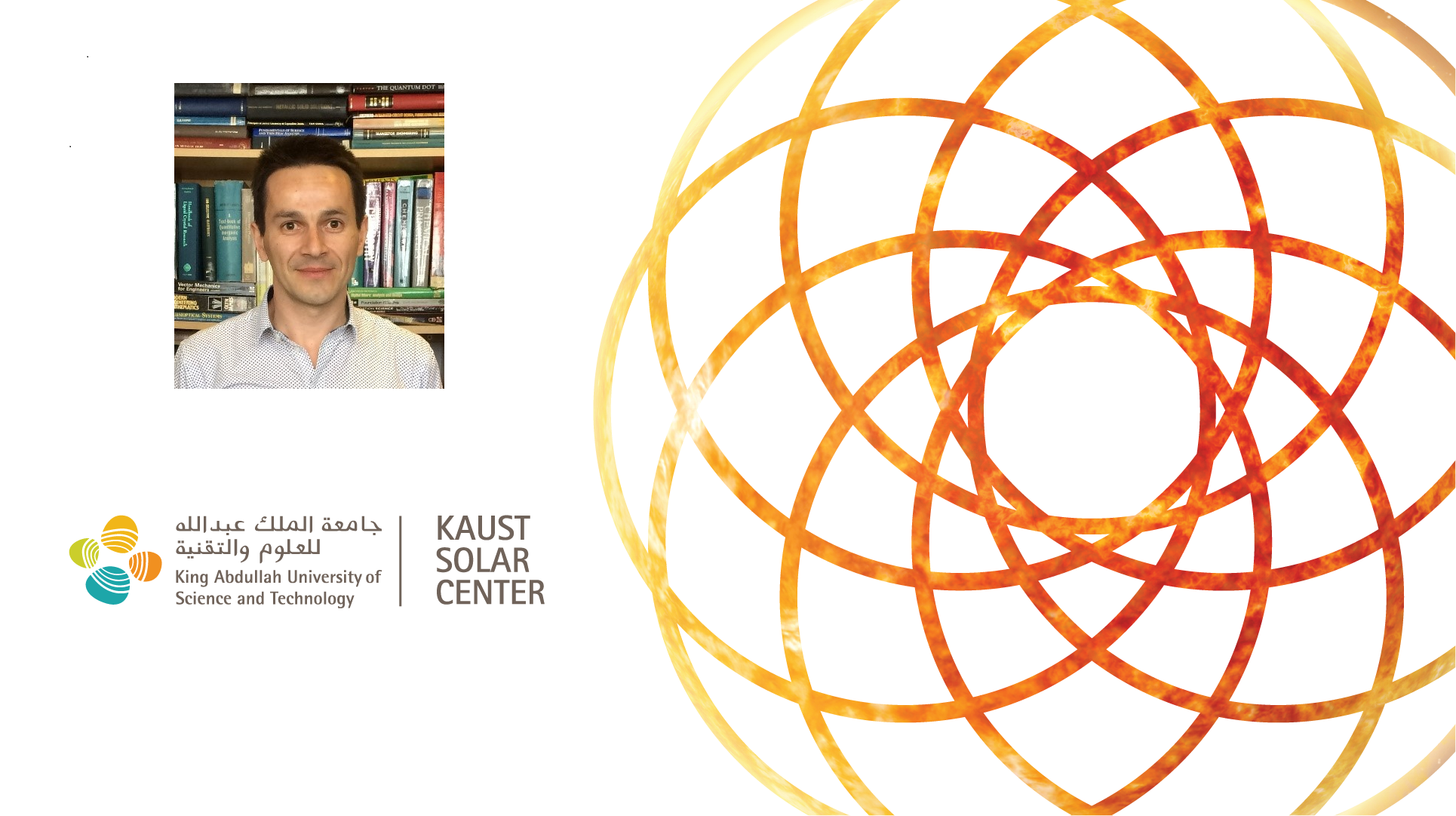
Date & Time: Wednesday September 13th, 2017 at 1pm
Venue: Building 4/5, level 0, room 0215 Auditorium
Light refreshments will be provided.
Abstract: Solution-processable semiconductors represent an emerging class of materials that promise to revolutionize the way large-area/volume electronics of the future will be manufactured. Due to the often modest performance, however, their use to date has been limited to a few "low-end" applications. In the first part of my talk I will outline an alternative approach towards solution-processed semiconductors based on metal oxides and organic-metal oxide hybrid systems, with dramatically improved charge transport characteristics. I will show that despite the simple processing techniques employed, carefully engineered semiconducting nano-structures, such as low-dimensional single layers, heterojunctions and superlattices, can be grown over large-area substrates and integrated in high electron mobility transistors, quantum-effect devices, phototransistors and biosensors. In the second part of the talk, I will describe the development and application of a novel patterning method for the manufacturing of large-scale, ultra-high aspect ratio metal electrode nanogaps. I will show how downscaling of key device dimensions in combination with asymmetric metal electrodes, enable the development of a plethora of devices including, high-speed diodes, non-volatile memory cells, nano-LEDs, and photodetectors.
Biography: Thomas Anthopoulos received a BEng in Medical Engineering and a PhD in Physical Electronics from Staffordshire University (UK). After a two year postdoctoral appointment at the University of St. Andrews (UK), he joined Philips Research Laboratories (The Netherlands). In 2006 he moved to the Department of Physics at Imperial College London following the ward of an Advanced EPSRC Fellowship. He joined the King Abdullah University of Science and Technology (KAUST) in the Kingdom of Saudi Arabia in 2017. His current research interests are diverse and involve the development of novel nano-patterning methods for large-volume plastic nanoelectronics and the physics of functional materials & devices.
